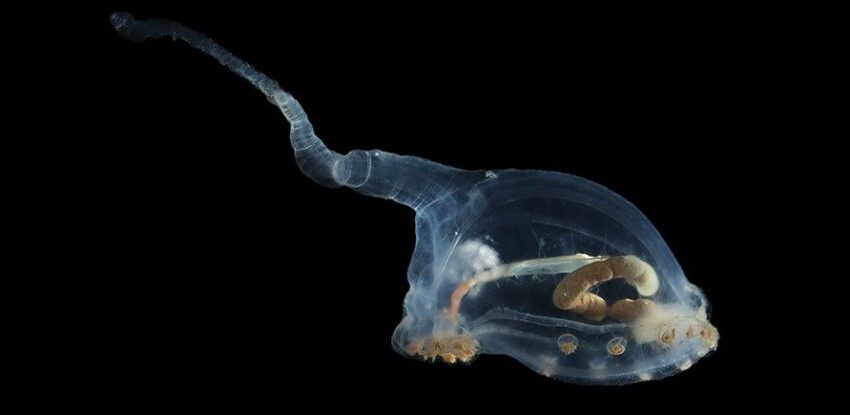A collection of new species discovered lurking on the seafloor exemplifies exactly how alien this strange world is.
In the Clarion-Clipperton Zone of the Pacific Ocean between Mexico and Hawaii, marine scientists have discovered animals humanity has never seen before: creatures who live very different lives, in the permanent darkness of the abyssopelagic.
“These areas are the Earth’s least explored. It’s estimated that only one out of ten animal species living down here has been described by science,” says marine ecologist Thomas Dahlgren of the University of Gothenburg in Sweden.
“This is one of very few cases where researchers can be involved in discovering new species and ecosystems in the same way as they did in the 18th century. It’s very exciting.”
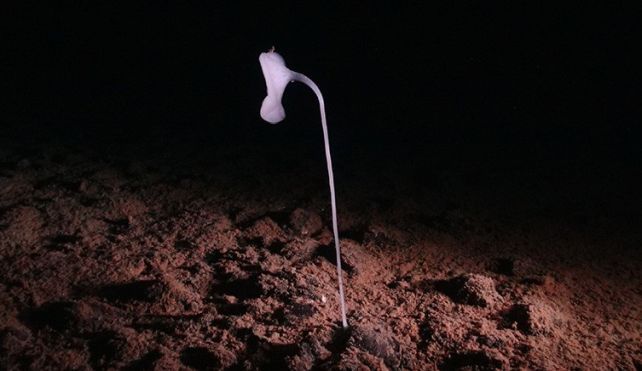
Below a certain depth, the ocean becomes extremely hostile to humanity. The weight of the water creates crushing pressures; sunlight can’t penetrate that far into the water, resulting in permanent darkness; and temperatures are cold, just a few degrees above freezing. But where humans can’t go, our technology can.
An international team of researchers collaborating on the UK National Oceanography Centre’s Seabed Mining And Resilience To EXperimental impact (SMARTEX) mission sent a remotely operated vehicle (ROV) to depths between 3,500 and 5,500 meters (11,480 and 18,045 feet) in the Clarion-Clipperton Zone.
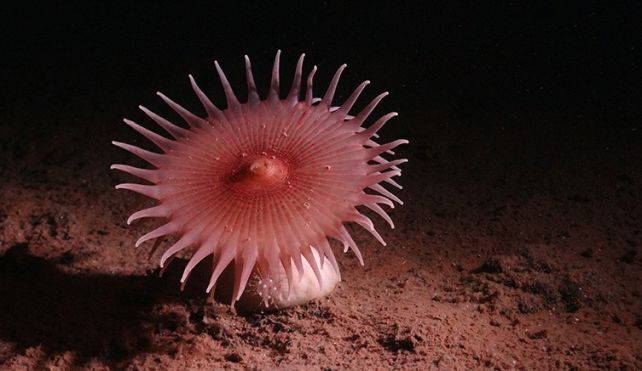
It’s not an easy life down there. For food, most organisms living on the abyssal seafloor rely on organic matter raining down from the higher ocean strata, a phenomenon known as marine snow, and the occasional bounty of a whale fall.
So, it seems most of the life down there is relegated to filter and sediment feeders: animals that can make the most of this scant food supply.
One of the most spectacular discoveries made on the expedition is a transparent sea cucumber nicknamed the unicumber, belonging to the family Elpidiidae.
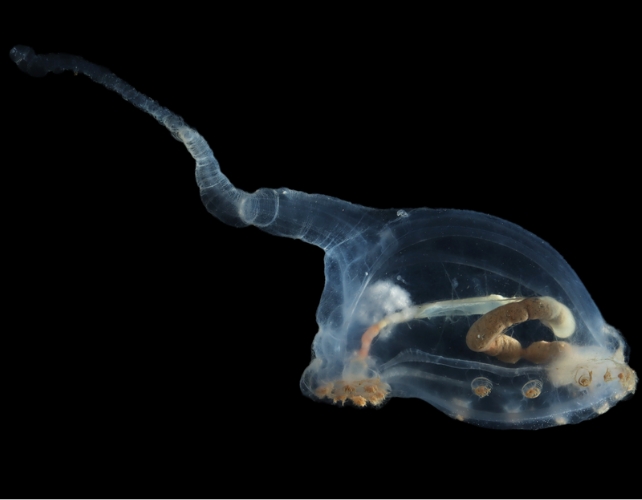
In the image above, captured using the ROV, the animal’s digestive tract is clearly visible, full from its feeding forays on the seafloor. It also has a long, unusual tail probably used for swimming.
“These sea cucumbers were some of the largest animals found on this expedition,” Dahlgren explains.
“They act as ocean floor vacuum cleaners, and specialize in finding sediment that has passed through the least number of stomachs.”
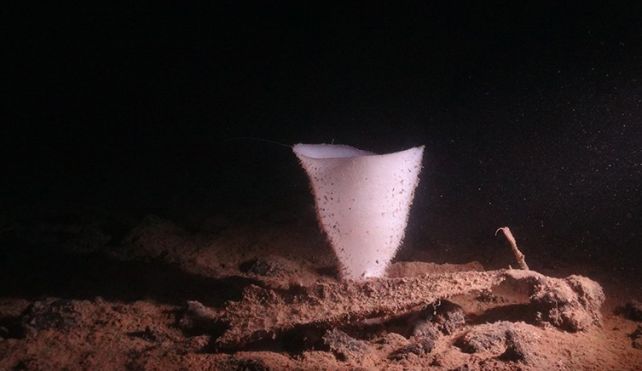
Other creatures include a delicate glass sponge, a cup-shaped filter feeder with the longest known animal lifespan on Earth, up to 15,000 years; a tanaid crustacean with a long body, almost like a worm; sea stars, corals, and anemones; and a spectacular Barbie-pink sea pig.
Sea pigs are a type of deep-sea sea cucumber, also of the Elpidiidae family. They are plump and puffy and often pink, and they get around on adorable little stubby legs.
The Barbie sea pig, as it has come to be nicknamed, belongs to the Amperina genus. It is a particularly vivid shade of pink, with delicate little feet on the ends of its legs.
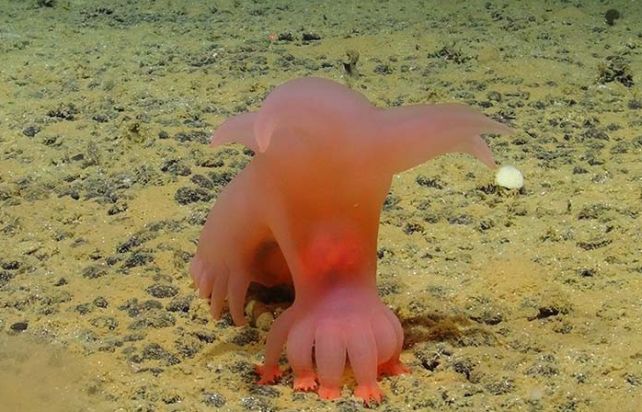
Scientists will be hard at work to learn more about all these amazing creatures, but we already know one thing: the diversity of life at the bottom of the ocean needs more attention, and more protection.
The area of the Clarion-Clipperton Zone explored by the researchers is used for deep-sea mining, which could have a devastating impact on marine habitats.
“The lack of food causes individuals to live far apart, but the species richness in the area is surprisingly high. We see many exciting specialized adaptations among the animals in these areas,” Dahlgren says.
“We need to know more about this environment to be able to protect the species living here. Today, 30 percent of these marine areas in consideration are protected, and we need to know whether this is enough to ensure that these species aren’t at risk of extinction.”

